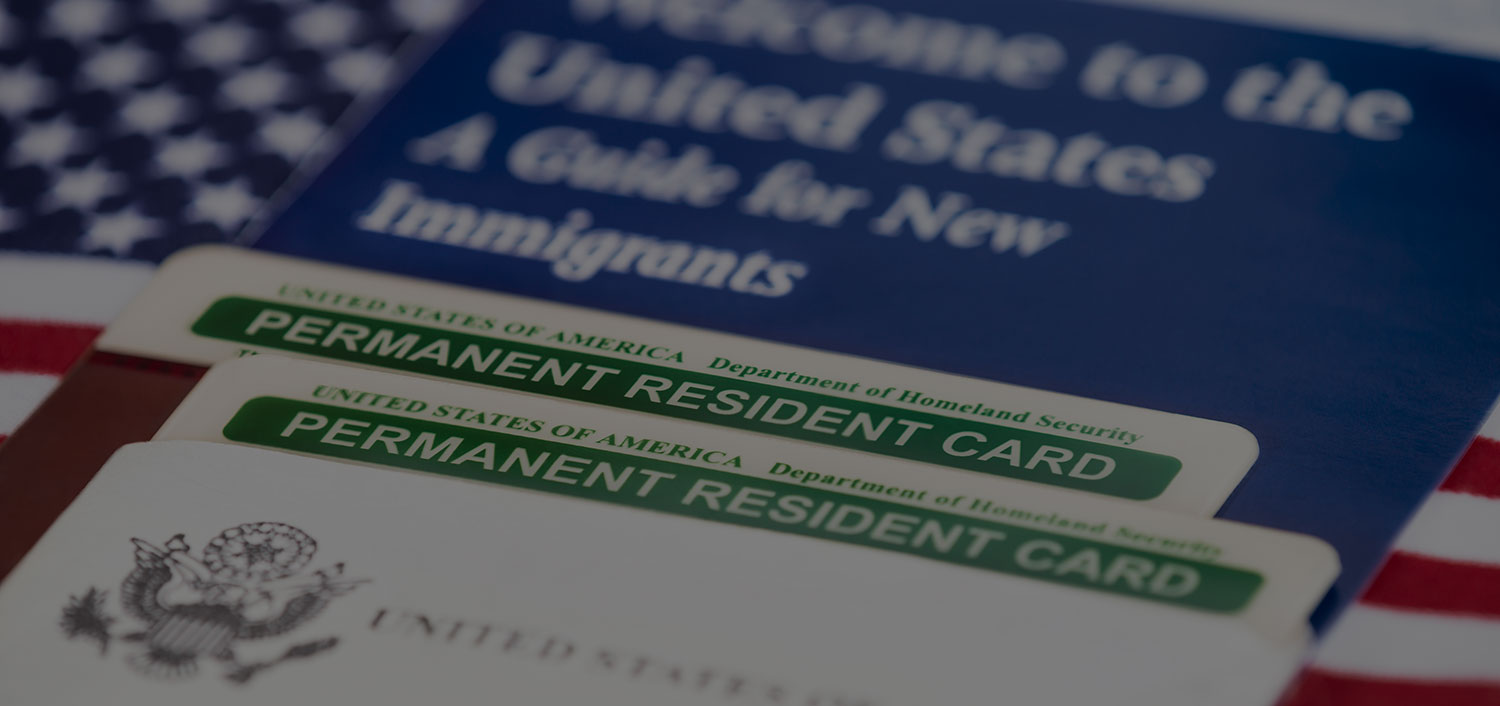Social Networking Sites and Their Importance to FDNS
(This was posted by USCIS to their officers; AILA InfoNet Doc. No. 10101473. (Posted 10/14/10)
07/20/2010 18:40 7032350442 DHS FOIA PAGE 16
US. OtpirimtPt of Homeland Security 4IS North 3"* S<.
Yakima. WA 05901 U.S. Citizenship and Immigration
Services)
The Internet has made it increasingly easier for people to get connected with each other whether that is with long-distance family, fiiends, or to find new loves and friendships. Social networking sites such as MySpace, Facebook, Classmates, Hi-5, and other similar sites are
designed to allow people to share their creativity, pictures, and information with others. Sometimes people do this to find romance, sometimes they do it to find fiiends with similar interests, and sometimes they do it to keep in touch with family. Narcissistic tendencies in many
people fuels a need to have a large group of"friends" link to their pages and many of these people accept cyber-friends that they don't even know. This provides an excellent vantage point for FDNS to observe the daily life of beneficiaries and petitioners who are suspected of
fraudulent activities. Generally, people on these sites speak honestly in their network because all of their friends and family are interacting with them via lM's (Instant Messages), Blogs (Weblog journals), etc. This social networking gives FDNS an opportunity to reveal fraud by browsing these sites to see if petitioners and beneficiaries are in a valid relationship or are attempting to deceive CIS about their relationship. Once a user posts online, they create a public record and
timeline of their activities. In essence* using MySpace and other like sites is akin to doing an
unannounced cyber "site-visit" on a petitioners and beneficiaries. Here is a step-by-step process of how a generic social networking website works:
1. A user registers an email address and password with the site thus creating a unique account
2. Typically, the website sends a confirmation email to the user's address to validate that person's identity,
3. The user may then create a profile. This profile may contain whatever information the user decides to publish online. The user can decide whether to make the profile public or private. The user may change or manipulate information in his profile at any time. In this step» the new user can become a member of a number of networks. These networks can be based on high school, hometown, job» church, or any other type of social group,
4. Anyone may search for another user by complété name, screen name or email address and request to be that user's "friend." That user can deny or agree to the "friend" request.
5. When adding a user as a "friend" the accepting user can now see your profile including all the personal information entered into the profile. The new friend can also see any new information the user may add at a later date such as an online journal entry or
photographs.
6. By repeating steps four and five the user will gradually accumulate a large list of firiends
effectively becoming part of the social network.
A list of social networking sites and the countries where they are popular can be found on Wikipedia at this link: http://cn.wikipedia.ora/wiki/List of social networking websites Here are a few social networking sites that most people are familiar with; the number of registered users is astounding.
FOR OFFICIAL USE ONLY
AILA InfoNet Doc. No. 10101473. (Posted 10/14/10)
